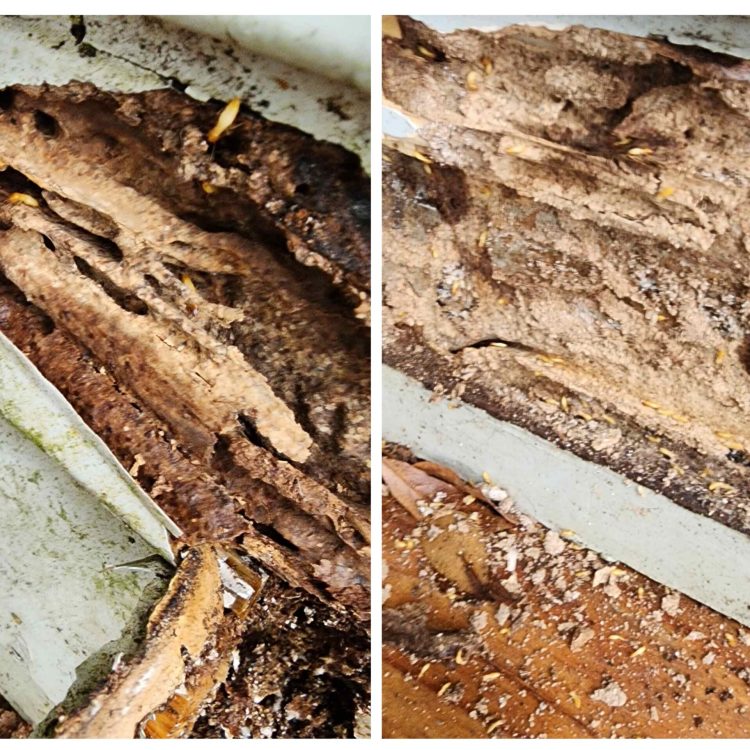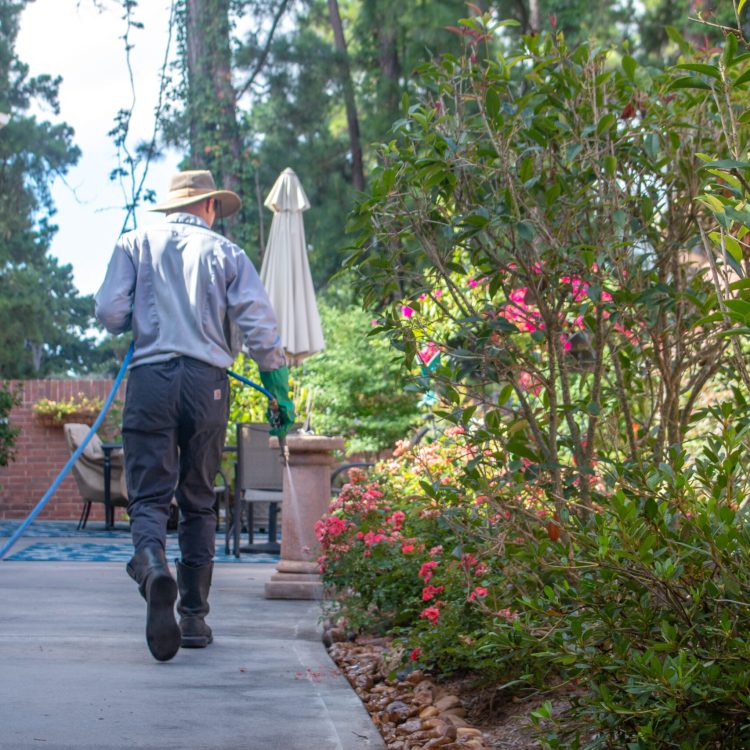Termite Facts & Information


About Termites
Termites are masters of stealth; they do not rush in with noise or chaos. Rather, they move quietly through concealed gaps, feeding out of sight. In the stillness underneath floors, behind drywall, or deep within soil, they strip cellulose from joists, beams, and framing. Colony by colony, they can build vast and structured communities that work with a single purpose, and that is to massively consume and continuously expand.
Across the United States, their damage runs into the billions yearly, a cost that’s rarely covered by insurance. What makes them a lot dangerous is not instant destruction, but the patience with which they weaken a structure, sometimes for years, before outward indications give them away.
Identification
How To Yell You’re Dealing with Termites
Termites possess soft, pale bodies with straight antennae and a waist that is evenly thick from head to abdomen. Worker termites are tiny, generally no longer than a grain of rice, and are the primary consumers of wood. Winged swarmers, which appear during certain seasons, can be mistaken for flying ants, but their wings are equal in size.
Soldiers defend the colony with enlarged jaws, whereas the queen, hidden deep in the nest, can lay thousands of eggs over her lifetime. Not like ants, termites avoid light and stick to humid, dark spaces where they can be undetectable and unseen.
Characteristics
What Sets Them Apart
Subterranean termites, the most prevalent in many regions, need a persistent source of moisture. They construct narrow mud tubes along walls, foundations, and pipes to defend themselves from dry air while traveling between wooden food sources and soil nests.
Drywood termites live entirely within the wood they consume, frequently leaving behind small and pellet-shaped droppings. In some southern locations, Formosan termites are the most hostile as they build large nests inside walls and thrive in moist conditions that expedite their spread.
Habits
How and Where They Live
Termite colonies could develop in soil, underneath concrete slabs, inside damp timber, or directly within the frame of a building. They normally begin in dead trees, wooden fences, or mulch before finding a way inside. Foraging tunnels can stretch hundreds of feet from the nest, which enables them to access multiple food sources.
During warm, humid weather, often after rain, winged reproductives swarm to establish new colonies. Inside, they target low-ventilation spots like crawlspaces, attic timbers, and wall interiors, where they can stay undetected for many years.
Health Risks
Why They Threaten Your Home
Although termites pose zero direct threat to human health, their feeding can have devastating consequences structurally. Over time, wood is hollowed out from within, which can cause floors to bow, walls to shift, and frames to warp. What may seem to be a minor surface damage may actually be the result of serious internal deterioration.
If left untreated, colonies can survive for so many years, steadily eroding load-bearing supports until elements of the structure are at risk of collapse. Their activity can also contribute to moisture accumulation, which leads to mold and wood rot. This adds to the repair costs. Detecting them without expert assistance is exceedingly difficult, making professional inspections vital.

